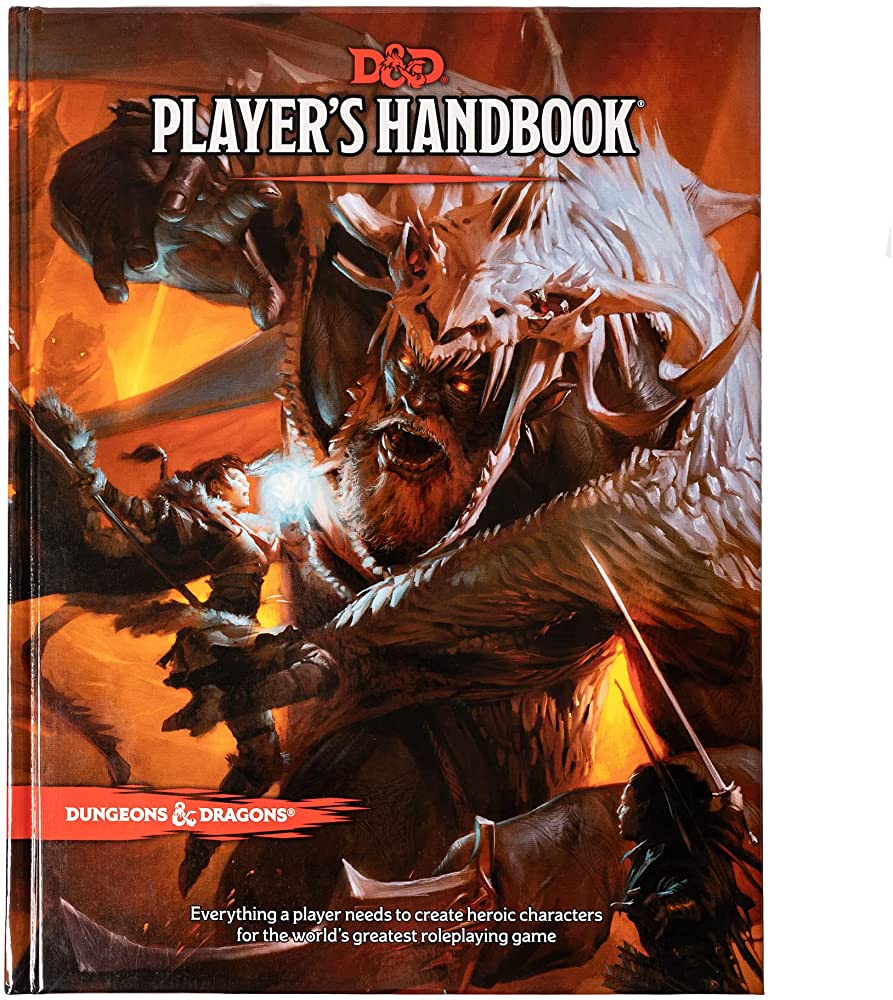Developing a successful game requires balance between innovation and player expectations. Game developers must understand player preferences through research and testing, while also creating unique and engaging gameplay, storytelling, and art styles. Balancing innovation and player expectations can be achieved through iterative testing and refining. Testing is crucial for identifying areas of improvement and receiving player feedback, while art plays a significant role in creating atmosphere and memorable experiences. With the right approach, game developers can create games that stand out from the competition and are loved by players.
Crafting a Successful Game: Balancing Innovation and Player Expectations
Game development is a complex process that involves art, design, programming, and testing. To create a successful game that players love, developers need to balance innovation and player expectations. This means that while developers need to create games that are fresh and engaging, they must also cater to gamers’ preferences and interests.
Understanding Player Expectations
Knowing what players want is crucial for game developers. Players have specific expectations about certain game genres, gameplay features, and art styles. For instance, a first-person shooter game genre requires intense action, realistic graphics, and a variety of weapons. On the other hand, a role-playing game genre requires character customization, immersive storytelling, and a vast world to explore.
To understand player expectations, game developers usually conduct market research, surveys, and focus groups. These methods help developers find out what players like or dislike about a particular game genre, what gameplay elements they prefer, and what motivates them to play games.
Innovative Game Design
While player expectations are important, game developers also need to create games that stand out from the crowd. Innovation plays a crucial role in game development, as it helps developers create unique gameplay features, art styles, and storytelling techniques.
To come up with innovative game ideas, developers can draw inspiration from various sources, such as science fiction, mythology, history, and art. They can also experiment with new gameplay mechanics, such as procedural generation, physics-based puzzles, or non-linear storytelling.
Balancing Innovation and Player Expectations
Creating a successful game requires finding the right balance between innovation and player expectations. This means that developers need to make sure that their games have enough innovation to stand out from the competition, but they must also cater to players’ expectations.
One way to achieve this balance is through iteration. Game developers can create prototypes of their games and test them with a small group of players to get feedback. This feedback helps developers identify which features work well and which ones need improvement. They can then refine the game based on this feedback and test it again with a larger group of players. This iterative process allows developers to fine-tune their games until they strike the perfect balance between innovation and player expectations.
The Importance of Testing
Testing is an integral part of game development. It helps developers find and fix bugs, improve gameplay mechanics, and refine the game’s balance. Testing also enables developers to get feedback from players before the game is released, which can help them identify areas for improvement.
There are several types of tests that game developers can conduct, such as alpha testing, beta testing, and focus testing. Alpha testing involves testing the game in-house, while beta testing involves releasing the game to a small group of players to get feedback. Focus testing involves conducting surveys, interviews, and usability tests with a diverse group of players.
The Role of Art in Game Development
Art plays a significant role in game development as it helps create the game’s atmosphere, characters, and environments. Art can also make a game stand out from the crowd and create a memorable experience for players.
Game developers can create art through several methods, such as 3D modeling, concept art, and animation. They can also use various tools and software to create art, such as Photoshop, Maya, and Blender.
Conclusion
Creating a successful game requires balancing innovation and player expectations. Game developers need to create games that are fresh and engaging while also catering to players’ preferences and interests. To achieve this balance, developers need to understand player expectations, come up with innovative game design, and test their games extensively. They must also invest in art to create a memorable experience for players. With the right approach, game developers can create games that players love and that stand the test of time.
